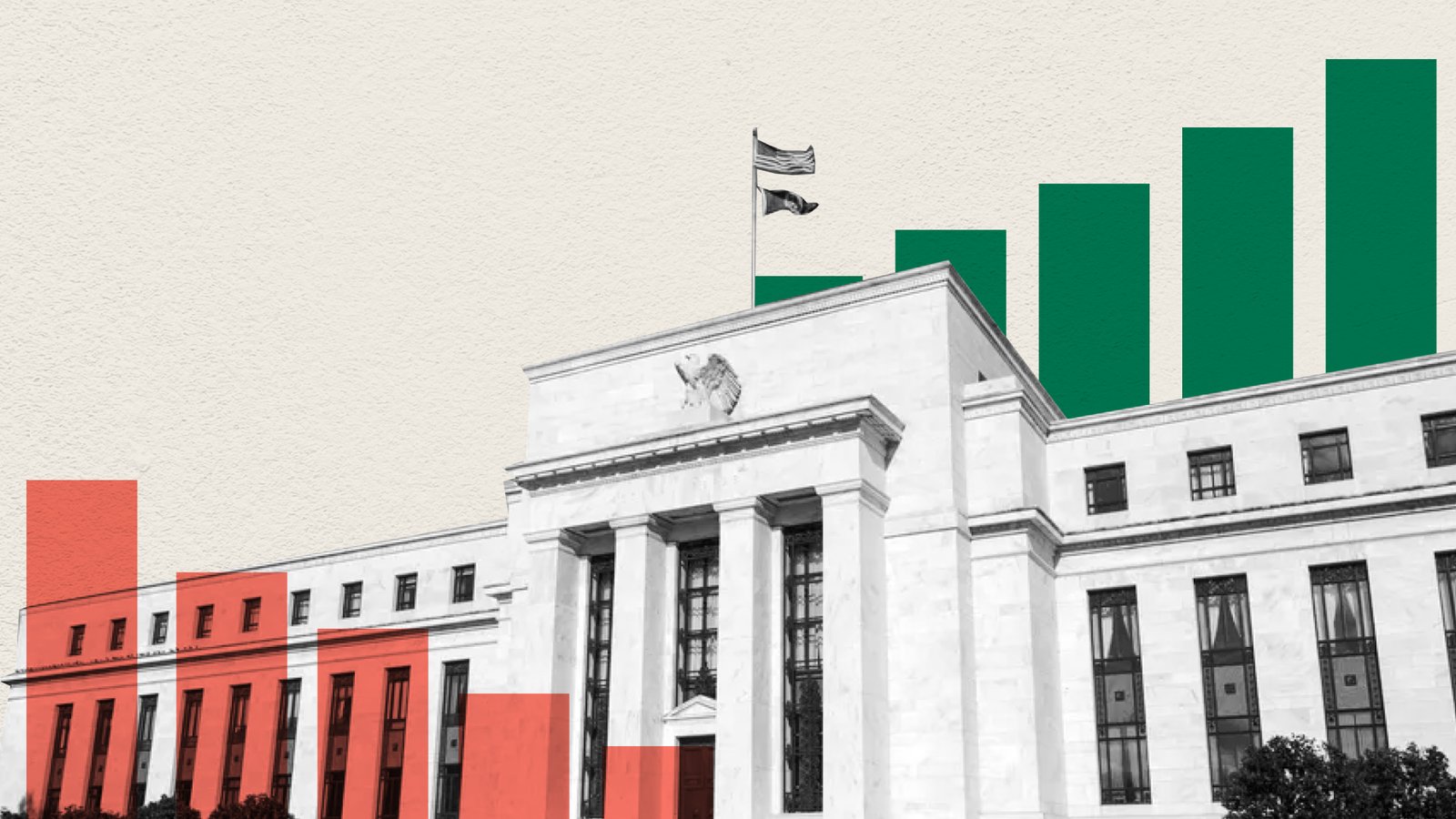The role of central banks in driving market fluctuations
Understanding the influence of monetary policy, interventions, and forward guidance

The focal point for the markets since 2022 revolved around interest rates and the performance of the dollar against other major currencies.
Over the past two years, the increased acquisition of gold reserves by China's central bank has contributed to the upward trajectory of gold prices.
Interest rates and forward guidance from central banks drive market fluctuations, as traders analyze statements to anticipate currency movements and adjust their positions accordingly.
Central banks hold significant influence over forex trading due to their key responsibilities, such as setting interest rates, overseeing foreign currency reserves, ensuring banking system stability, and intervening in the forex market as needed.
These types of banks hold a significant influence over currency values and trading opportunities through their monetary policy decisions, interventions, and forward guidance. Traders and investors in general diligently monitor central bank actions and communications to make informed trading decisions or investments.
A prime example would be how central banks raised interest rates post the pandemic to curb inflation and how recently markets are pricing in rate cuts as inflation stabilizes. Which brings us to how much capacity central banks have over market fluctuations. Stocks and forex pairs fluctuate heavily on these types of decisions.
Central bank interventions
Apart from formulating monetary policy, central banks possess the authority to directly intervene in the forex market. Such interventions occur when a central bank purchases or sells its currency to influence its market value, typically aiming to stabilize the currency or counter excessive volatility.
These interventions apply significant influence over forex markets, directly impacting the supply and demand of a currency.
When a central bank buys its currency, it boosts demand, potentially leading to an appreciation in value. Conversely, when it sells its currency, it increases supply, possibly resulting in depreciation.
Central banks also buy gold reserves frequently, often impacting gold prices as well. A good example of this would be how gold prices surged in such a short period of time throughout 2023 and 2024. This surge was fueled not only by geopolitical tensions but also by turmoil in China, alongside the notable increase in gold reserve purchases by China's central bank.
Therefore, traders and investors in general closely track central bank interventions as they can offer lucrative trading prospects. By analyzing central bank interventions, traders can gain valuable insights into potential currency fluctuations and adapt their trading strategies accordingly.
Interest Rates
Central banks adjust interest rates to control inflation, stimulate economic growth, or stabilize currency value. Higher interest rates generally attract foreign investment, increasing demand for the currency and raising its value. And lower rates can decrease demand, depreciating the currency.
The focal point for the markets since 2022 revolved around interest rates and the performance of the dollar against other major currencies.
Monetary Policy
Central banks implement monetary policies to manage the money supply and achieve specific economic objectives. For instance, they may engage in quantitative easing (increasing the money supply) to spur economic activity or tighten monetary policy to curb inflation. These actions affect interest rates and currency values.
Forward Guidance
Central bank participation in market fundamentals extends to forward guidance, another significant role these institutions play in communicating monetary policy intentions. Through forward guidance, which pertains to their communication about future monetary policy intentions, central banks manage market expectations and influence interest rates.
Statements from central bank officials during press conferences or in policy statements can impact market expectations. If a central bank hints at future interest rate hikes, traders may buy the currency in anticipation of higher returns, driving its value up. And vice versa, a dovish stance with hints of rate cuts can lead to depreciation.
Therefore, every time the Federal Reserve Chair Jerome Powell suggested the possibility of more rate hikes, it resulted in a spike in the dollar's value.
Traders analyze central bank statements and speeches to discern underlying tones and potential actions. Understanding central bank forward guidance helps traders make informed decisions and adjust their positions accordingly.









